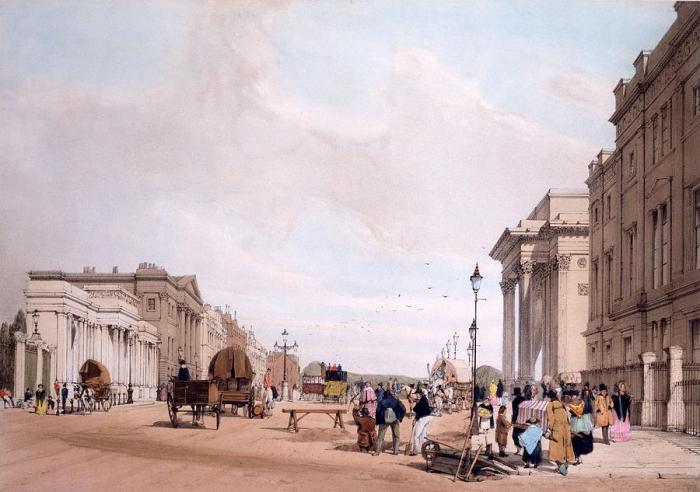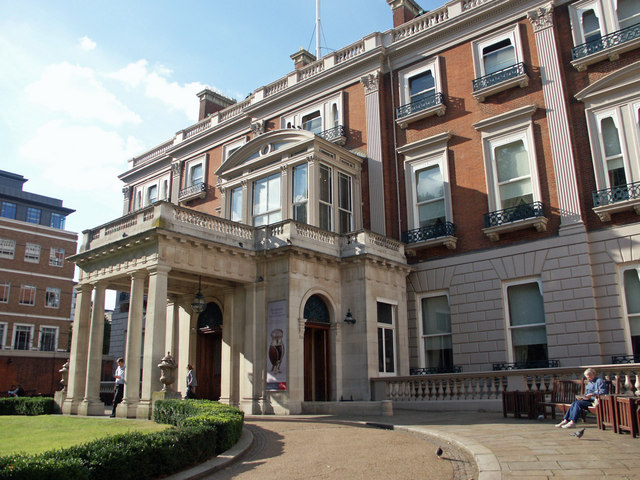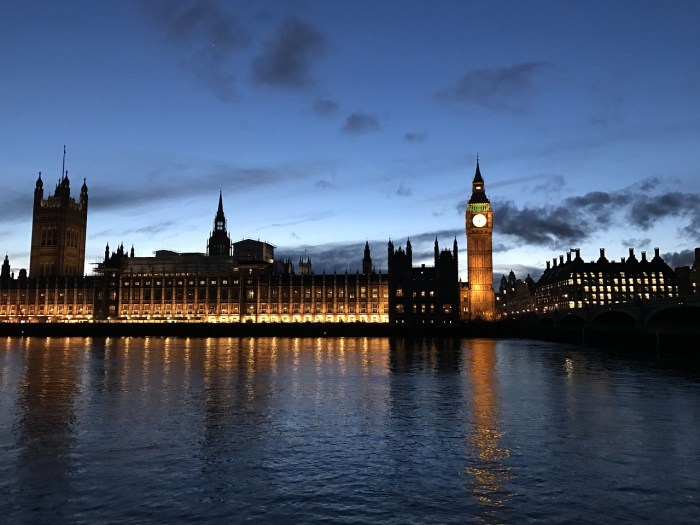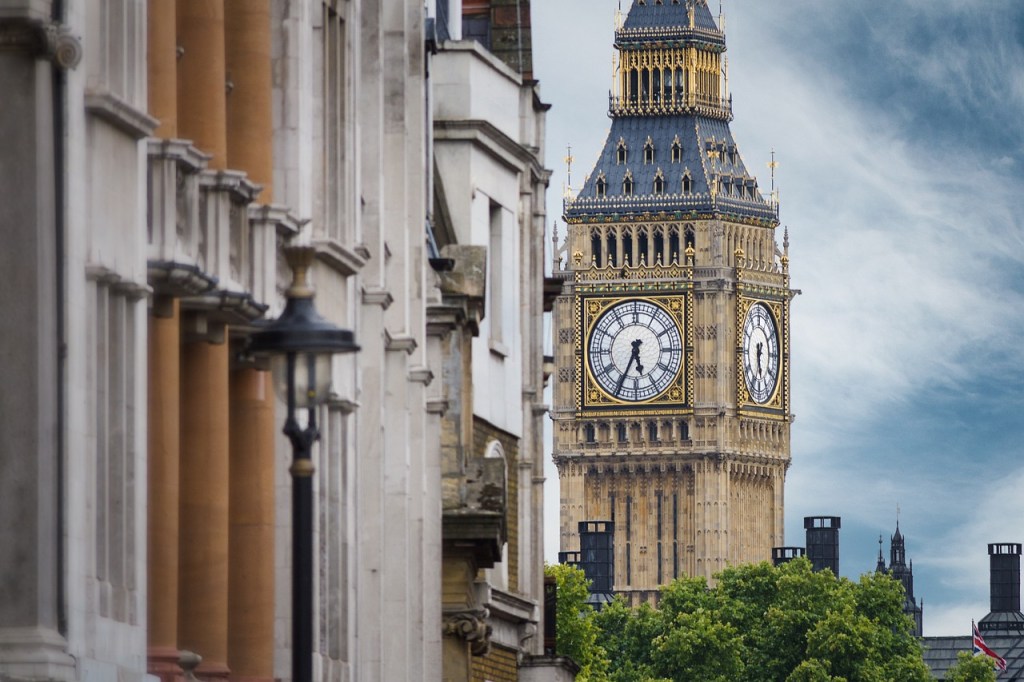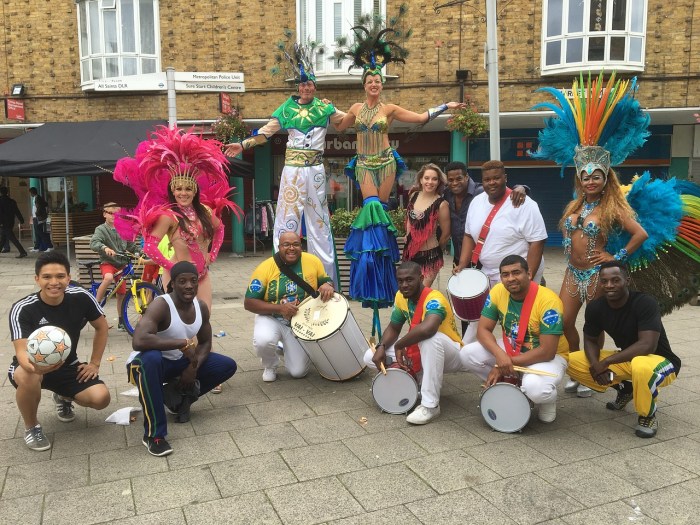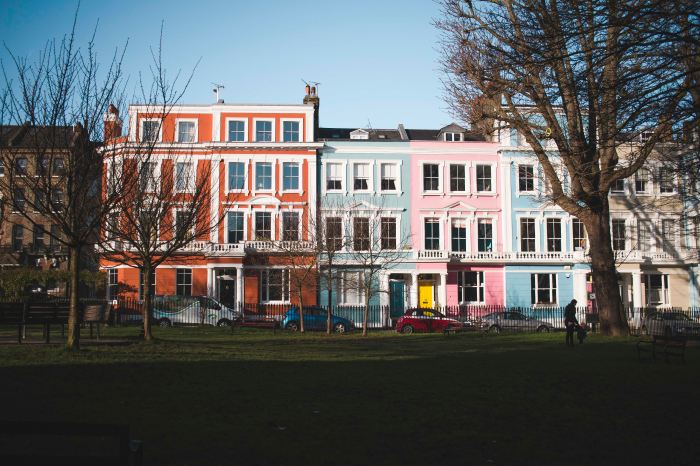Hyde Park Corner, located in the heart of London, is a place steeped in rich history and architectural splendor. This bustling intersection, known for its iconic landmarks, offers a unique blend of history and modernity that captivates tourists from all around the world.
Hyde Park Corner was first designed in 1824-1825 by the acclaimed architect, Decimus Burton. It’s home to some of London’s most renowned monuments, including the Wellington Arch, a magnificent triumphal arch commemorating Britain’s victory in the Napoleonic Wars. This landmark, completed in 1830, doubles as a unique vantage point offering panoramic views of London.

One of the most notable features of Hyde Park Corner is the Australian War Memorial, a poignant tribute to the Australian servicemen and women who lost their lives during World War I and II. This awe-inspiring monument, unveiled in 2003, features the names of Australian towns, immersing visitors in a powerful narrative of heroism and sacrifice.
Another must-visit attraction is Apsley House, also known as Number One, London. This grand edifice, once the residence of the first Duke of Wellington, now serves as a museum showcasing fascinating collections of art and period furnishings.
Commonly asked questions about Hyde Park Corner include: What landmarks are at Hyde Park Corner? What is the history of Hyde Park Corner? And, is Hyde Park Corner free to visit? Hyde Park Corner is home to numerous landmarks including Wellington Arch, the Australian War Memorial, and Apsley House. It was designed in the early 19th century and has become a significant historic and cultural hub. Visiting Hyde Park Corner is free, though certain attractions may require an entrance fee.
With its rich tapestry of history and its architectural marvels, Hyde Park Corner is more than just a busy intersection in London. It’s a gateway to the past, a place where every monument tells a story, and a destination that leaves every visitor with a deeper appreciation for the city’s history. So, whether you’re a history buff or simply a traveler seeking unique experiences, Hyde Park Corner promises a journey you won’t soon forget.
Di Shaun Ferguson, CC BY-SA 2.0, https://commons.wikimedia.org/w/index.php?curid=13527828

